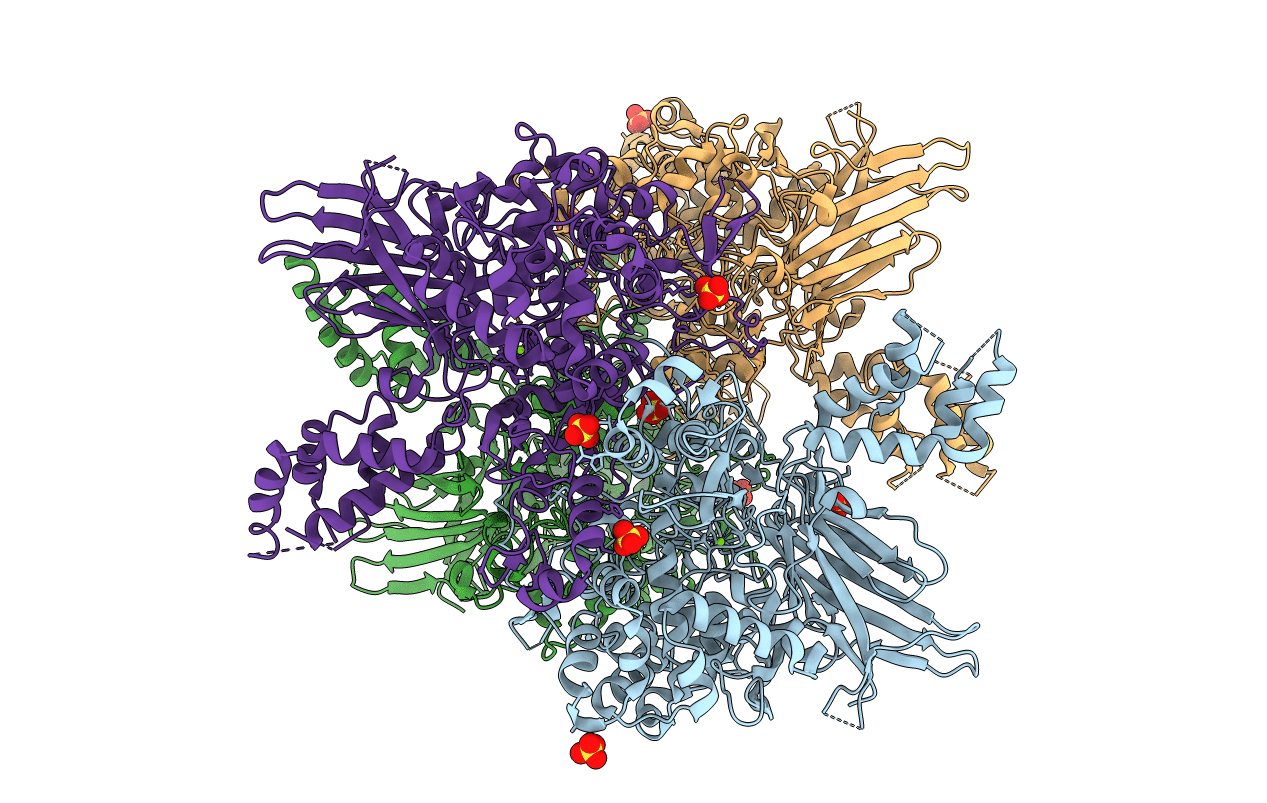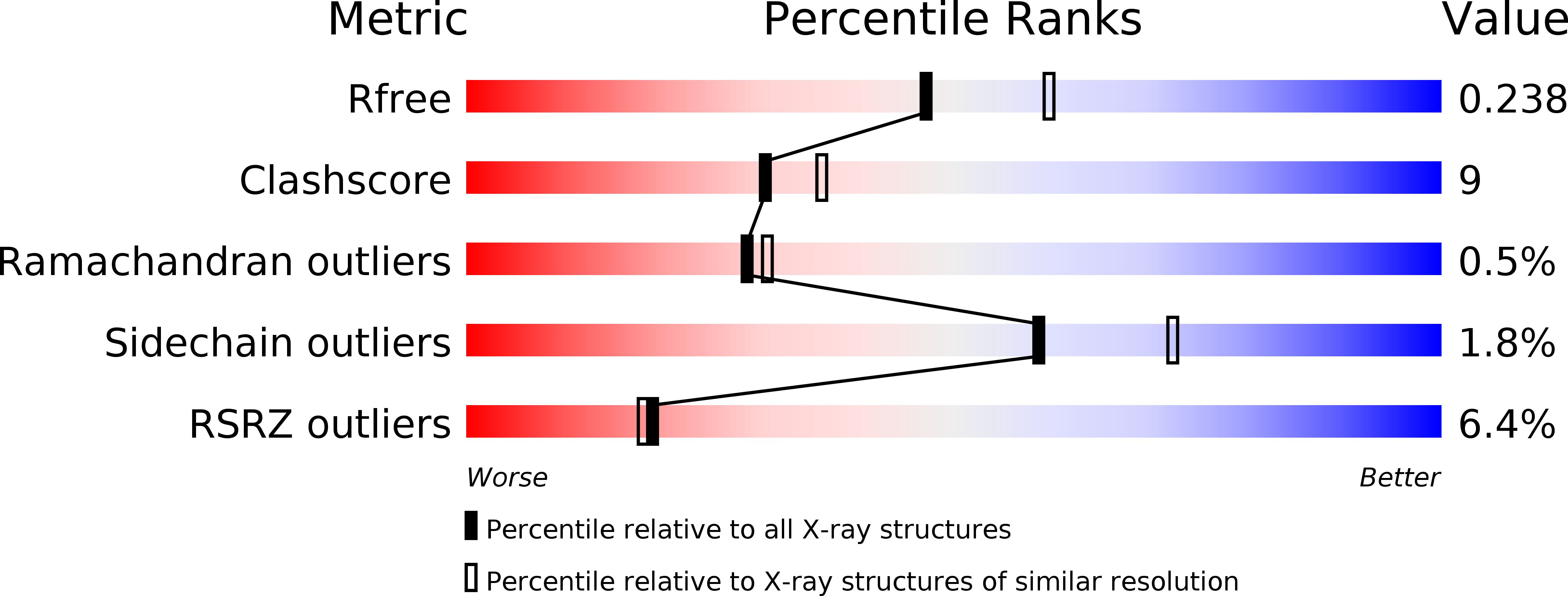
Deposition Date
2020-01-28
Release Date
2020-04-08
Last Version Date
2023-10-11
Entry Detail
PDB ID:
6VMV
Keywords:
Title:
Crystal structure of the H767A mutant of GoxA soaked with glycine
Biological Source:
Source Organism:
Pseudoalteromonas luteoviolacea DSM 6061 (Taxon ID: 1365250)
Host Organism:
Method Details:
Experimental Method:
Resolution:
2.20 Å
R-Value Free:
0.23
R-Value Work:
0.18
R-Value Observed:
0.18
Space Group:
P 1 21 1


